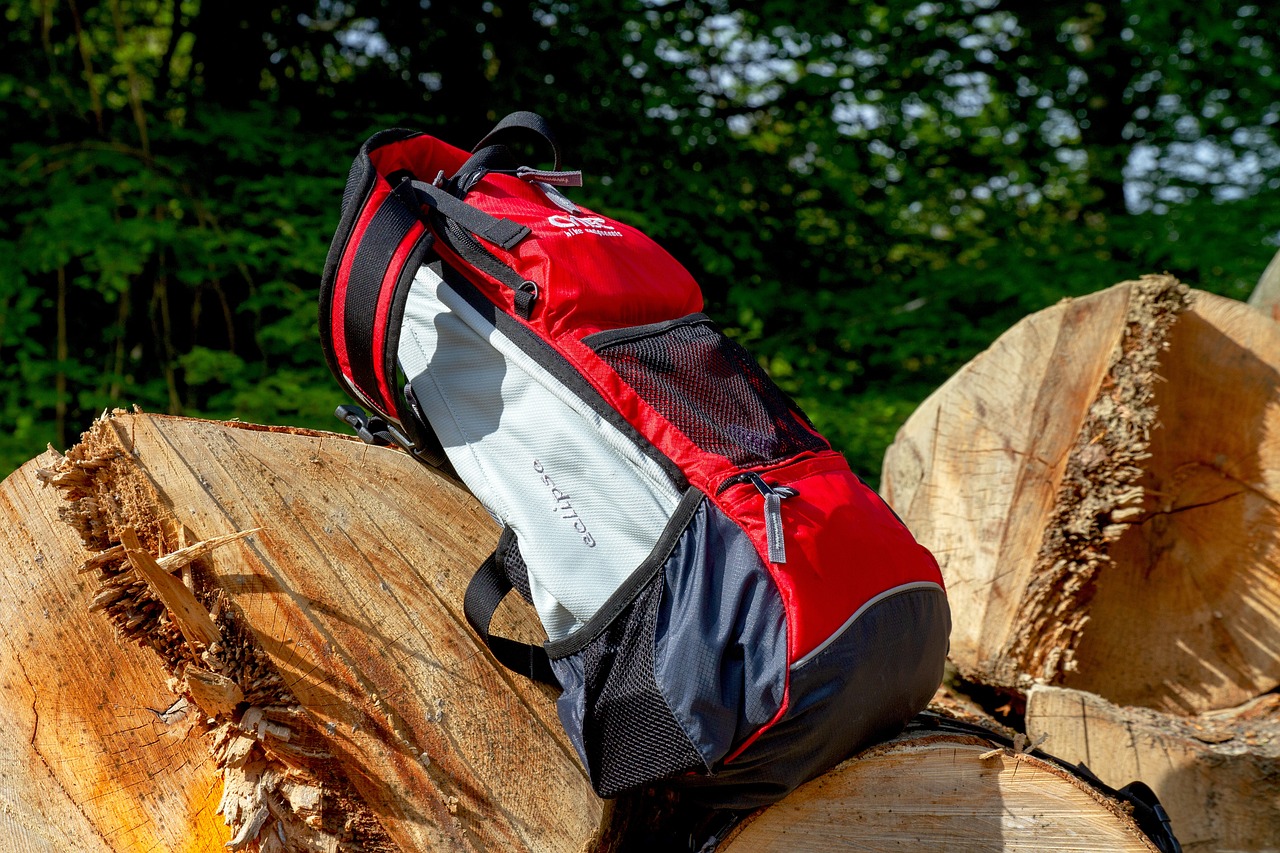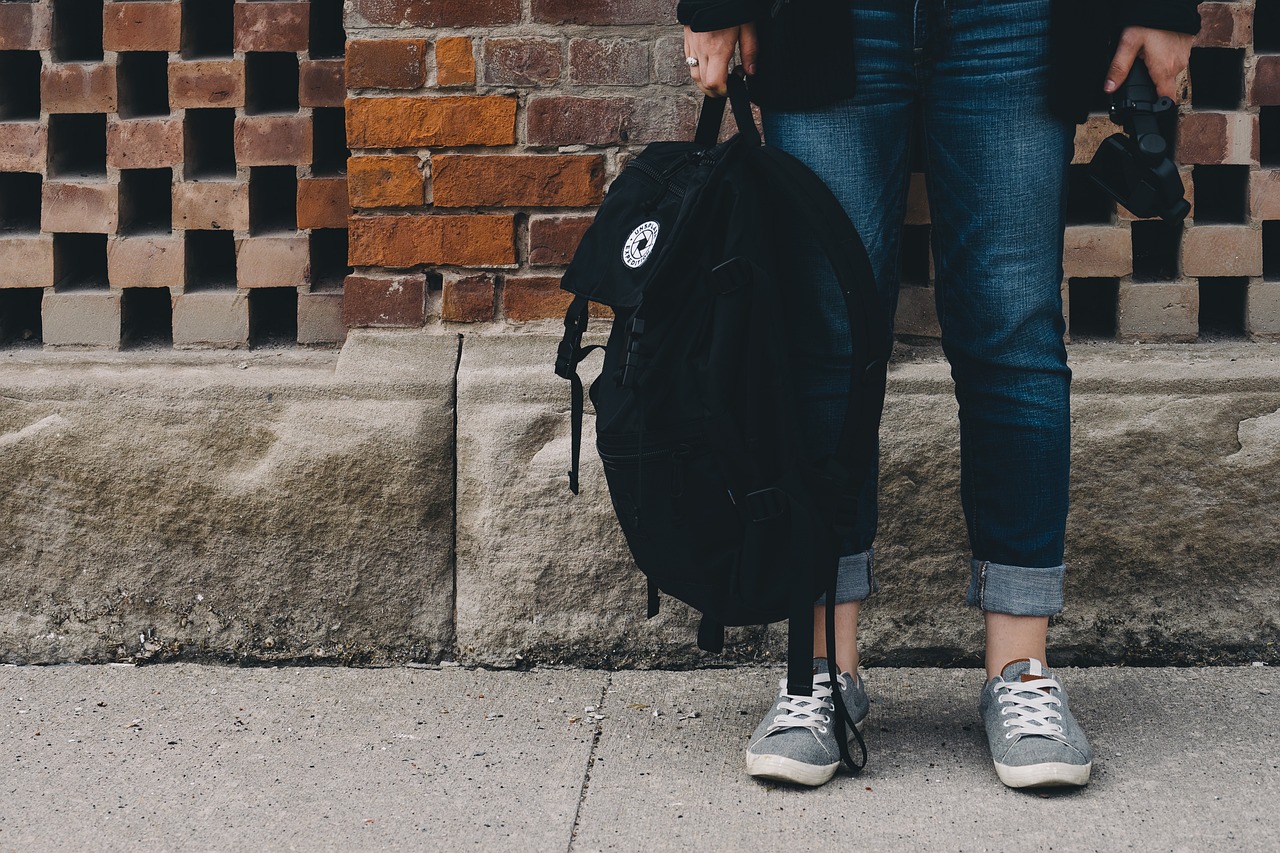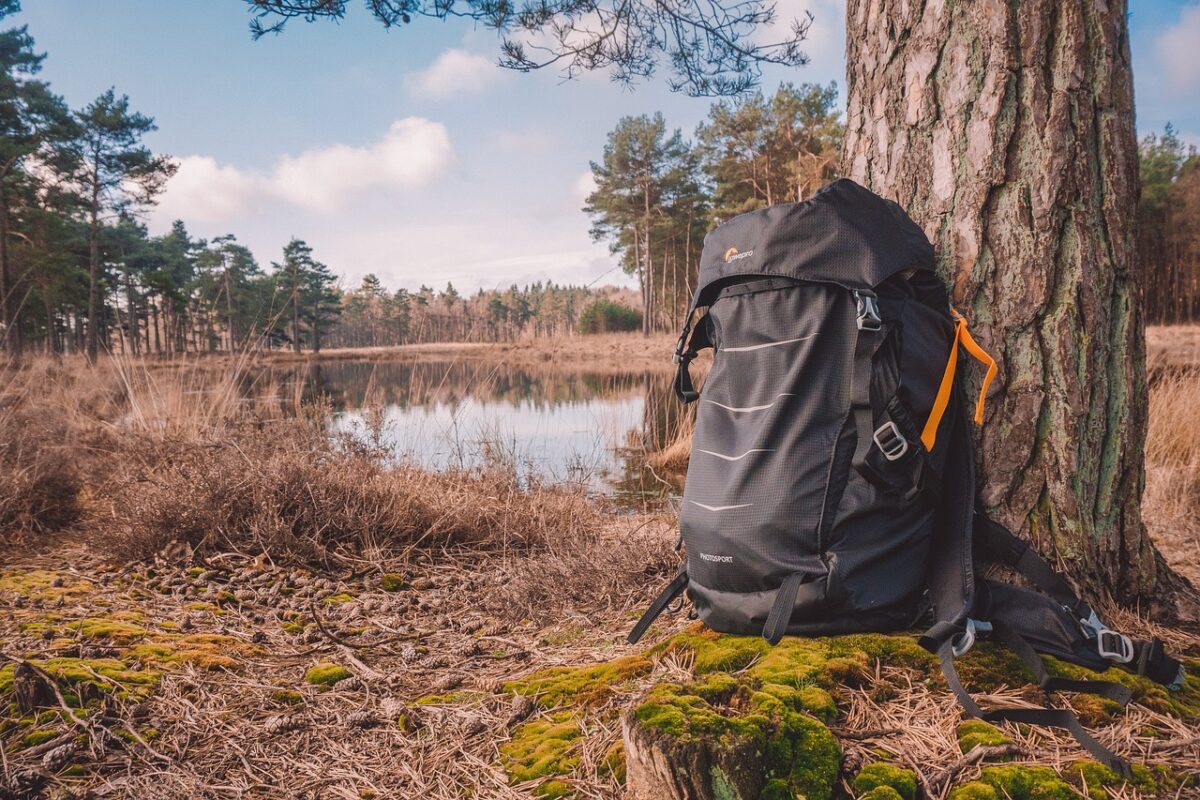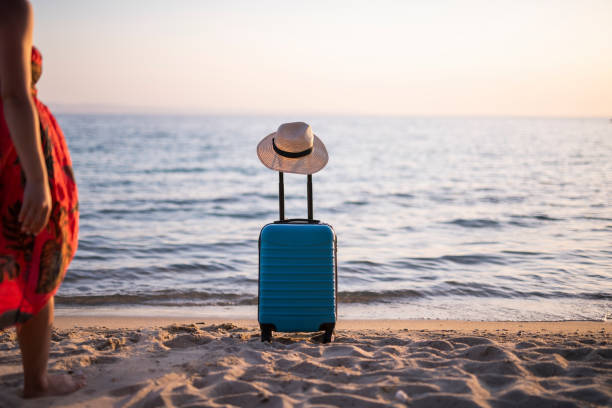How to Choose the Right Travel Backpack for Your Travel
Choosing the right travel backpack can be a daunting task, but it is an essential part of preparing for any trip. Your backpack becomes your constant companion, helping you transport your belongings from place to place, whether you’re embarking on a weekend adventure or a year-long journey across the globe. With so many options on the market—each differing in size, shape, and features—it can be difficult to know where to start. This guide will walk you through the most important considerations when choosing the best travel backpack.

1. How Long is Your Trip?
The length of your trip is the first thing to think about when selecting a backpack. If you’re travelling for a weekend, you’ll need a much smaller pack compared to a multi-month journey. Typically, backpacks come in different capacities, measured in litres. For example, a 10-litre pack is suitable for a day trip, while a 40-60 litre pack is better for longer journeys or camping. For extended travels, you may need something larger, around 65 litres or more, to accommodate all your essentials.
2. Carry-On or Check-In?
Next, consider whether you want your backpack to be carry-on size or check-in. Travelling with only a carry-on can make your journey more streamlined, saving you the hassle of waiting at baggage claim or paying extra fees. A backpack between 35-50 litres is usually the sweet spot for carry-on travel. However, be mindful of the airline’s size and weight restrictions, as these vary. If you are embarking on a long-term trip, you may prefer a larger backpack but remember that larger bags can be cumbersome.
3. Comfort and Fit for Comfort
Comfort is one of the most critical factors when choosing a backpack. Even if a bag looks perfect, if it doesn’t feel comfortable, it can ruin your trip. When trying on a backpack, ensure it fits your body properly. The right size depends on your back length, not your height. Most travel backpacks have adjustable back straps, as well as shoulder, hip, and chest straps, allowing you to customise the fit to your body.
You should also ensure the weight of the backpack is distributed evenly. A good backpack will have padded shoulder straps, a contoured back, and a padded hip belt to help distribute the weight, with 70% of the load resting on your hips. Chest straps are also useful for added stability.
4. Material and Durability for the Right Travel Backpack
The material of your backpack plays a significant role in its durability and usability. Ideally, your backpack should be made from a water-resistant material. While most backpacks are not fully waterproof, it’s important that they are at least water-resistant to protect your belongings from light rain or accidental spills. Look for materials that are thick but lightweight, ensuring your pack is both durable and easy to carry.
Fast-drying material is also an advantage. If your backpack gets wet, you don’t want it to stay damp for too long, as this can cause mildew or odour. Many quality backpacks also come with an integrated rain cover, but these can be purchased separately if needed.
5. Top Loading or Front Loading?
The design of the backpack—specifically how it loads—can also impact your decision. Top-loading backpacks, as the name suggests, are loaded from the top. These tend to be more common in hiking backpacks and can make it difficult to access items at the bottom without unpacking everything.
Front-loading backpacks, on the other hand, open like a suitcase, with a zip running down the front. These allow you to easily access your belongings without having to dig around or unpack everything. For travel purposes, a front-loading backpack is often more convenient.
6. Compartments and Pockets for Your Comfort
Organisation is key when you’re living out of a backpack. Pockets and compartments help you keep everything in order, making it easier to access your belongings when you need them. Look for backpacks with several compartments, including internal pockets for valuables and external mesh pockets for items like water bottles or snacks.
Some backpacks have a separate bottom compartment for items like sleeping bags or shoes. Others have hip belt pockets or even hidden compartments for added security. These features can make your backpack more functional and make travelling less stressful.
7. Additional Features for Choosing the Right Travel Backpack
Many travel backpacks come with extra features that can make a big difference to your comfort and convenience. For instance, compression straps are a common feature that help reduce the volume of your backpack when it isn’t fully packed, preventing your belongings from shifting around. This can help you keep the backpack compact and reduce strain on your back.
Other useful features include lockable zips for added security, external hooks or loops for attaching gear, and reflective piping for visibility when walking at night. If you plan to hike with your backpack, look for one with external hooks for walking poles or hydration compatibility.

8. Budget
When it comes to purchasing a travel backpack, you often get what you pay for. A quality backpack is an investment that can last for years, so be prepared to spend a little more for a durable and comfortable pack. However, you don’t need to break the bank. There are plenty of mid-range backpacks that offer excellent value without unnecessary features. Make sure to compare prices both online and in-store, and don’t be pressured into buying the most expensive option unless it truly meets your needs.
9. Test the Backpack
Finally, always try the backpack on before making your purchase. If possible, visit a specialist store where you can ask for assistance. The staff can help you find the right fit based on your size and the length of your trip. Load the backpack with some weight—around 15kg is a good test—and walk around to see how it feels. If it feels comfortable, is within your budget, and has all the features you need, then congratulations! You’ve found your perfect travel backpack.

Choosing the right travel backpack requires some time and research, but it’s worth the effort. The right backpack will not only be comfortable to carry but will also keep your belongings safe and organised throughout your journey. Remember to focus on fit, durability, and functionality when making your decision, and don’t be afraid to try several different styles before finding the one that suits you best. Happy travels!
Also Read: Travel Hacks For A Smoother Journey



